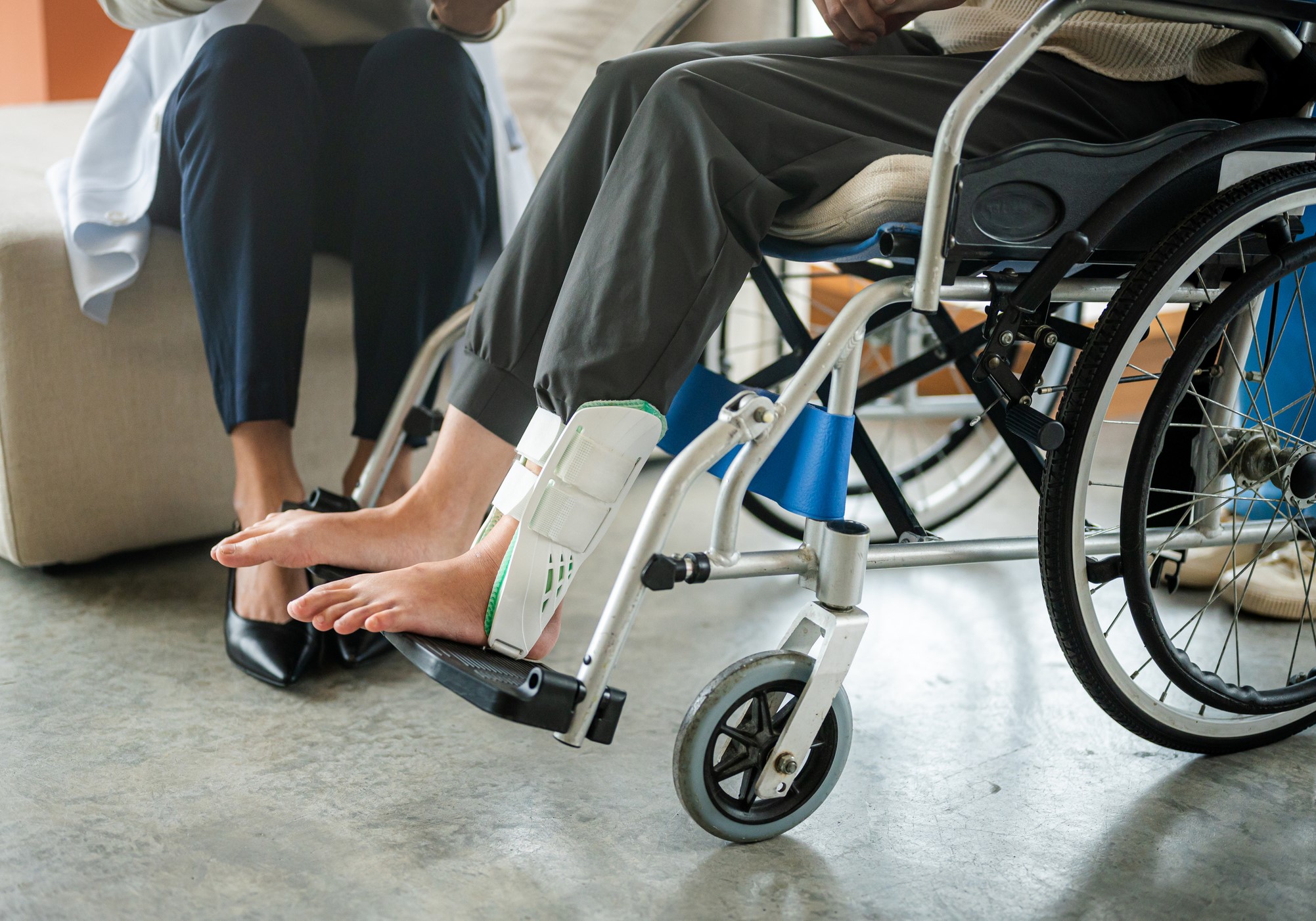Opioid-Related Overdose Deaths Are Still Devastating Communities; Here’s How Ergonomics Can Help
As the COVID-19 pandemic spreads across the globe, leaving devastation in its wake, there’s another pandemic that requires our attention; a pandemic that has been recently silenced by global events.
Opioid overdose deaths continue to devastate communities and lives. As recent as a few months ago, the opioid epidemic was considered to be the greatest public health crisis in the United States in over a century.
More than 47,000 people die annually from opioid overdoses in the U.S, which is equivalent to roughly 130 deaths per day, close to 5 per hour or one every 12 minutes. In just under 20 years, opioid overdose death rates have increased almost 500%.
Let’s take a look at just one factor contributing to the crisis: workplace musculoskeletal disorders (MSDs).
MSDs have recently been identified as a key factor in opioid-related overdose deaths.
Data from the Utah Department of Health, the Office of Medical Examiners, and the Labor Commission on all Utah residents showed that 57% of those who died from opioid-related deaths had at least one prior workplace musculoskeletal disorder.
The highest rates of opioid-related overdose deaths occur in industries with higher injury rates and physically demanding working conditions, including regular forceful exertions.
Occupational categories with the highest rates of opioid-related overdose deaths include construction, agriculture, material moving occupations, maintenance and repair, transportation, production, food preparation, waste management and health care.
In all of these categories, work requires forceful exertions.
There is a clear correlation between jobs with the highest injury and illness rates and opioid-related overdose death rates.
Starting in 2000, when the Veterans Health Administration, the Joint Commission, and other organizations adopted the idea that “pain is the fifth vital sign,” opioid prescription rates for the treatment of pain increased significantly.
For example, between 2002 and 2005, 42% of injured workers in the state of Washington with acute low back pain were prescribed opioids as a treatment method.
Further research has shown that prescribing rates and the doses of opioids are higher in workers’ compensation insurance claims compared to private insurance claims. In addition, data shows that injured workers are prescribed higher doses of opioids to allow them to continue to work or to return to work sooner.
It is undeniable that workplace MSDs contribute to the opioid crisis, and poor workplace ergonomics is a recognized contributor to MSDs.
It is critical that workplace interventions be implemented to address the workplace hazards that lead to injuries for which opioids are prescribed. This includes deploying a comprehensive and systematic process for identifying, analyzing and controlling workplace risk factors that lead to workplace MSDs.
To combat opioid abuse, it’s important to go to the root of the problem, and that starts with ergonomics. &










